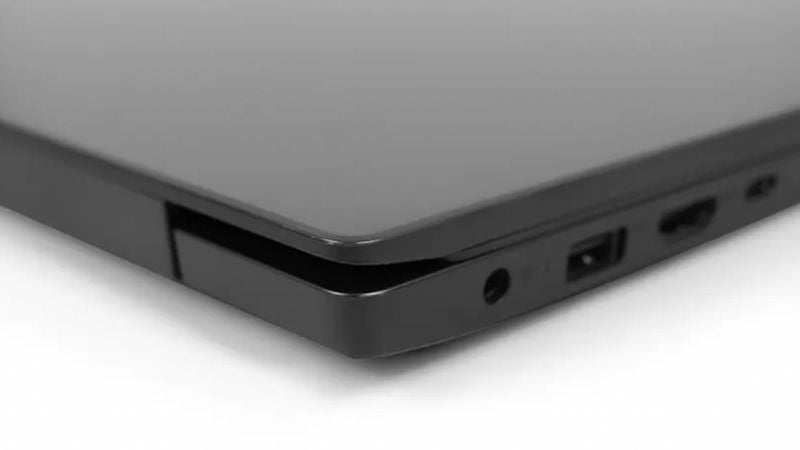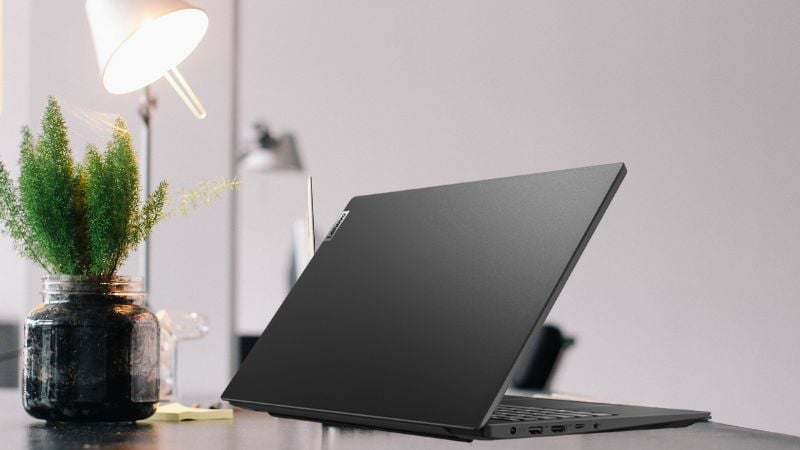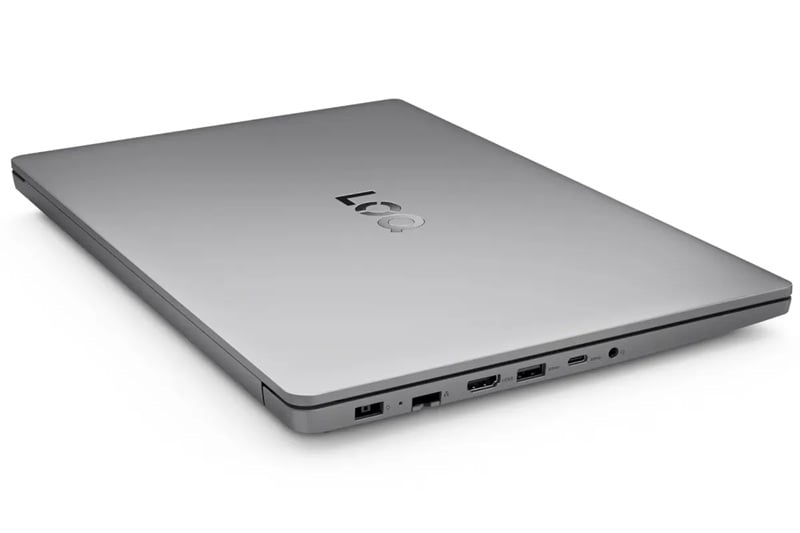 |
Microsoft Office – the basic standard for all laptops for studying and working
Whether you are a student or an office worker, Microsoft Office is almost always the first software installed when you buy a laptop. This suite of applications plays a central role in most daily tasks such as writing a thesis, working on a group assignment, presenting a project, calculating personal finances or analyzing work reports.
Microsoft Word allows you to quickly compose text with a friendly interface, many formatting options and automatic spell checking. Excel is a powerful tool for building spreadsheets, formulas, charts and financial reports. PowerPoint supports building professional slides in just minutes. In addition, Outlook, OneNote and Teams are increasingly becoming an essential part of the learning - working environment to connect, share and collaborate remotely.
Therefore, a good laptop for students or office workers not only needs to be able to install Microsoft Office but also needs to run smoothly, support new updates, store quickly and process many files at the same time without slowing down the system.
Criteria for choosing a laptop that supports Microsoft Office well
First, the processor (CPU) must be powerful enough to open multiple Word, Excel, or PowerPoint files at once. For students or basic users, Intel Core i3 or AMD Ryzen 3 chips are enough to run Office smoothly. However, if you often work with large Excel files containing thousands of rows of data or use many complex formulas, choosing a Core i5 or Ryzen 5 chip will significantly speed up processing.
Next is RAM capacity. 8GB of RAM is now almost the minimum standard for an office laptop . A machine with lower RAM will easily freeze and slow down when switching between Office applications, especially when you need to open a Word file, look up documents on Chrome and run Zoom for group meetings.
SSD hard drive is also a factor that cannot be ignored. A machine using SSD can open Office in seconds, back up quickly and handle background tasks more stably than HDD. For users who often save Word, Excel files, charts or student data, 256GB capacity is enough, but if your budget allows, you should choose a machine with 512GB SSD for more comfortable storage.
The operating system also plays an important role. Microsoft Office is perfectly compatible with Windows 11 and Windows 10, especially when using the Office 365 version with the ability to synchronize files via OneDrive, supporting cross-platform work.
Real-world experience learning and working on Office
A student uses Word to write an essay, while also creating a spreadsheet in Excel, preparing a presentation slide, and sending it to a group via Teams—that’s a common modern learning model. If a laptop doesn’t have enough performance, switching between applications will be slow, and there will be font errors, software crashes, or sudden reboots.
 |
With a well-optimized machine, every experience becomes smooth. Documents save instantly, smart suggestions in Word help you write faster, the ability to insert dynamic charts and formulas in Excel becomes easy. All of that saves time and reduces stress in the process of studying and working.
For office workers, Office is also a communication and work management platform. Outlook helps manage emails and meeting schedules. Microsoft Teams supports online meetings, document sharing, and team collaboration. OneNote supports paperless note-taking in meetings. These features, when combined with good hardware, create a seamless learning-working ecosystem.
Some outstanding laptop lines support Office smoothly
In the price segment under 15 million, ASUS Vivobook Go is a notable model. With AMD Ryzen 5 chip, 8GB RAM and 512GB SSD, the device meets basic office applications well, runs Office quickly, stably and is suitable for students of economics , language or pedagogy.
In the higher segment, around 17-20 million, Lenovo IdeaPad Slim 5 is highly appreciated for its strong performance, thin and light design, good keyboard and long battery life. This is an ideal laptop model for office workers who often use Word, Excel or make reports.
MacBook Air M2 is a premium choice for users who like macOS but still need to use Office. The new version supports Microsoft Office for Mac, running smoothly, compatible with files from Windows machines. With up to 18 hours of battery life and iCloud syncing, this is an ideal device for content creators, teachers or students who need high stability.
How to use Microsoft Office effectively on laptop
To get the most out of the Office suite, users should subscribe to Office 365 to always be updated with new features, cloud storage, and better security. In addition, OneDrive should be used to automatically save files, avoiding data loss when the computer has problems.
Students should get into the habit of taking notes with OneNote, using Outlook to manage their class schedules, and syncing their computers and phones so they don't miss important class announcements or documents.
 |
For working people, it is advisable to learn how to use advanced Excel, statistical functions, conditions, PivotTable or PowerQuery to process data better. PowerPoint also needs to be used more flexibly with sufficient effects, logical and professional presentation.
Conclude
A laptop that supports Microsoft Office well not only helps you study and work more easily, but is also a tool to help you organize your life more effectively. From drafting, planning, reporting to online group meetings, every operation requires stability and smoothness that only laptops optimized for Office can bring.
Whether you're a student who needs to complete assignments, a teacher who needs to prepare lesson plans, or an office worker who handles hundreds of emails every day – investing in a stable, Office-compatible device is the right choice for the long term.
Source: https://huengaynay.vn/kinh-te/laptop-ho-tro-microsoft-office-hoc-tap-va-lam-viec-de-dang-155032.html





![[Photo] Many people eagerly await the preliminary review despite heavy rain](https://vphoto.vietnam.vn/thumb/1200x675/vietnam/resource/IMAGE/2025/8/27/4dc782c65c1244b196890448bafa9b69)


![[Photo] Panorama of the 29th Congress of the Party Committee of Nhan Dan Newspaper](https://vphoto.vietnam.vn/thumb/1200x675/vietnam/resource/IMAGE/2025/8/27/aa31210f7e2b47de948b2b60dde20aff)


































































































Comment (0)